News
-
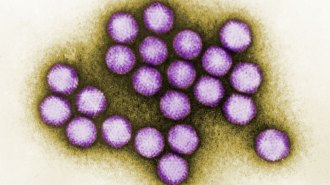 Health & Medicine
Health & MedicineUnexplained hepatitis cases in kids offer more questions than answers
There is a lot that is unclear about the hepatitis that’s impacting several hundred children worldwide, but parents shouldn’t panic.
-
 Physics
PhysicsHere’s why pipe organs seem to violate a rule of sound
Why reedless wind instruments’ fundamental tones are lower than expected is an 160-year-old mystery. Physicists have now solved it.
By Bas den Hond -
 Physics
PhysicsA galactic smashup might explain galaxies without dark matter
Scientists are debating whether a trail of galaxies reveals the origins of two weird dark matter–free galaxies.
-
 Science & Society
Science & SocietyCOVID-19 has killed a million Americans. Our minds can’t comprehend that number
We intuitively compare large, approximate quantities but cannot grasp such a big, abstract number as a million U.S. COVID-19 deaths.
By Sujata Gupta -
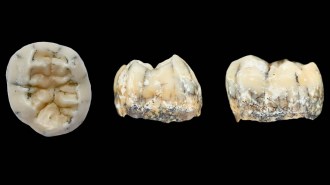 Anthropology
AnthropologyA Denisovan girl’s fossil tooth may have been unearthed in Laos
A molar adds to suspicions that mysterious hominids called Denisovans inhabited Southeast Asia's tropical forests.
By Bruce Bower -
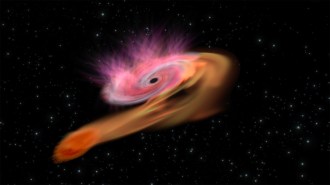 Particle Physics
Particle PhysicsHigh-energy neutrinos may come from black holes ripping apart stars
Where extremely energetic neutrinos originate from is a mystery. A new study supports the idea that “tidal disruption events” are one source.
-
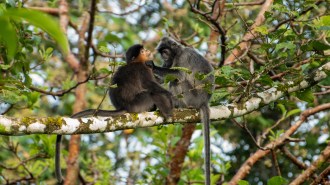 Animals
AnimalsA ‘mystery monkey’ in Borneo may be a rare hybrid. That has scientists worried
Severe habitat fragmentation caused by expanding palm oil plantations may have driven two primate species to mate that wouldn’t have otherwise.
-
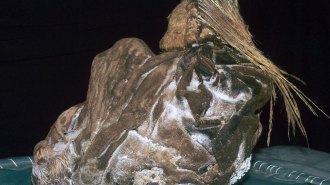 Archaeology
ArchaeologyA special brew may have calmed Inca children headed for sacrifice
The mummified remains contained a substance that may reduce anxiety and is found in ayahuasca, a psychedelic ceremonial liquid still drunk today.
By Bruce Bower -
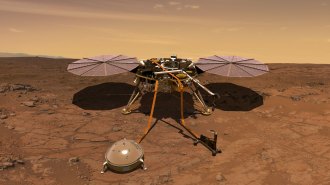 Planetary Science
Planetary ScienceNASA’s InSight lander has recorded the largest Marsquake yet
The magnitude 5 temblor, detected May 4, will help scientists learn more about the Red Planet’s interior.
-
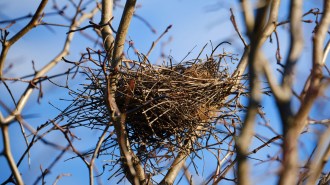 Physics
PhysicsExperiments hint at why bird nests are so sturdy
A bird’s nest is a special version of a granular material. Lab experiments and computer simulations explain its quirky behavior.
-
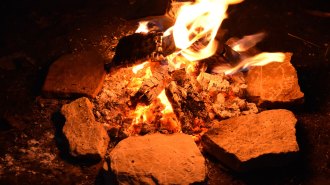 Humans
HumansPrehistoric people may have used light from fires to create dynamic art
When brought near flickering flames, prehistoric stone engravings of animals seem to move, experiments with replicas and virtual reality show.
-
 Astronomy
AstronomyWe finally have an image of the black hole at the heart of the Milky Way
Observations from the Event Horizon Telescope reveal the turbulent region around our home galaxy’s black hole, Sagittarius A*, in new detail.
By Liz Kruesi and Emily Conover